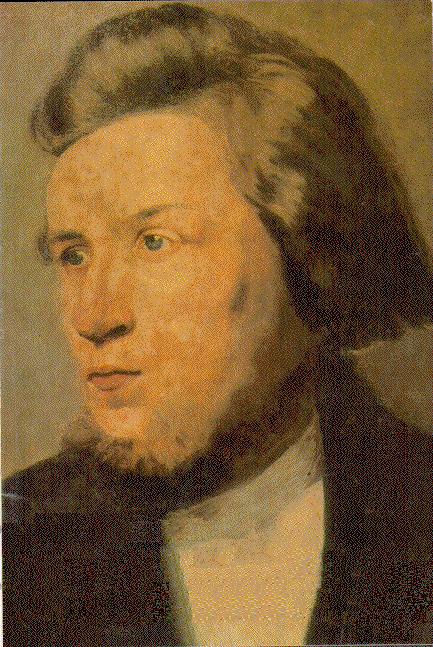My all-time favorite song is Michael Card’s “God’s Own Fool,” published in 1985 on the Scandalon album. That may have been the first album I bought with my own money. It’s a song about Jesus being misunderstood during his earthly ministry. The last lines are:
So, surrender the hunger to say you must know; Have the courage to say, "I believe." Let the power of paradox open your eyes And blind those who say they can see.
I could understand if someone took lines like this to encourage blind faith, a faith that doesn’t question what we read in Scripture or what our ministers teach, but Christian faith isn’t blind. It’s reasonable and fits the real world He created.
When Jesus tells Peter to check the mouth of a fish for a coin to pay their taxes, Peter believes Him and checks the fish’s mouth. When Jesus tells a couple of His men to go into town, find a donkey and colt tied up, bring them to him, and if anyone asks what they’re doing, say that the Lord needs them, they go into town expecting to find exactly what He has said. That’s a reasonable faith. It’s one that recognizes the limits of our knowledge, not one that denies knowledge altogether.
But what else do we have today?
Art & Literature: David Platzer writes about a Paris exhibit on Gertrude Stein and Pablo Picasso. “Edmund Wilson—who was generally sympathetic to her work and compared it to Yeats, Proust, and Eliot—noted in a 1923 Vanity Fair article that her word-portraits of Matisse and Picasso published in Camera Work made it ‘evident that Gertrude Stein had abandoned the intelligible altogether.'”
Words: If you or someone you know have shown symptoms of being a witcracker, call the number on your screen. You are not alone.
American Words: American pioneers had to make up words for a new world. Rosemarie Ostler writes, “Often these simply combined a noun with an adjective: backcountry, backwoods (and backwoodsman), back settlement, pine barrens, canebrake, salt lick, foothill, underbrush, bottomland, cold snap.” “Yankee is also almost certainly a Dutch contribution. Various theories have been suggested for the word’s origin (for instance, that it’s a Native American mispronunciation of English), but the most likely one derives the word from Janke (pronounced ‘yan-kuh’), a diminutive of John that translates as something like ‘little John.'” (via ArtsJournal)
Artificial Intelligence: Tech companies are hiring writers and poets to compose somewhat refined work, particularly in Hindi and Japanese. “It is a sign that AI developers have flagged fluency in poetic forms as a priority, while refining their generative writing products.” To what end? (via ArtsJournal)
Photo: Fairyland Cottages Minnesota, 1980. John Margolies Roadside America photograph archive (1972-2008), Library of Congress, Prints and Photographs Division.






